Welcome to the ‘food Packaging quiz’. This is a simple quiz and, consists of some MCQs about ‘Food packaging’.
Take the quiz, Submit and you will get your score at the end! Share it with your friends, colleagues and challenge them!
After completion of this ‘Food packaging quiz’ please read the following text to refresh your knowledge regarding food packaging. However, You can retake this quiz several times after completing your ‘Homework’.
About Food Packaging
Food packaging – Enclosing food to protect it from tampering or contamination from physical, chemical, and biological sources. However, active packaging being the most common packaging system used for preserving food products.
Good food packaging reduces waste and ensures that, during its shelf life, the food maintains the desired consistency. Also, Considering its significance and the key role that packaging plays, it be at best somewhat superfluous and, at worst, a significant waste of money and a danger to the environment.
The bulk of the food packaging materials used belong to the following classes: metals, glass, paper, and polymers. Some packaging materials consist of a mixture of two or more of the above classes of materials. For example- Composite materials are enameled (lacquered) metal and laminates created by binding together polymer, paper, and aluminum foil layers.
Share this quiz with your friends:

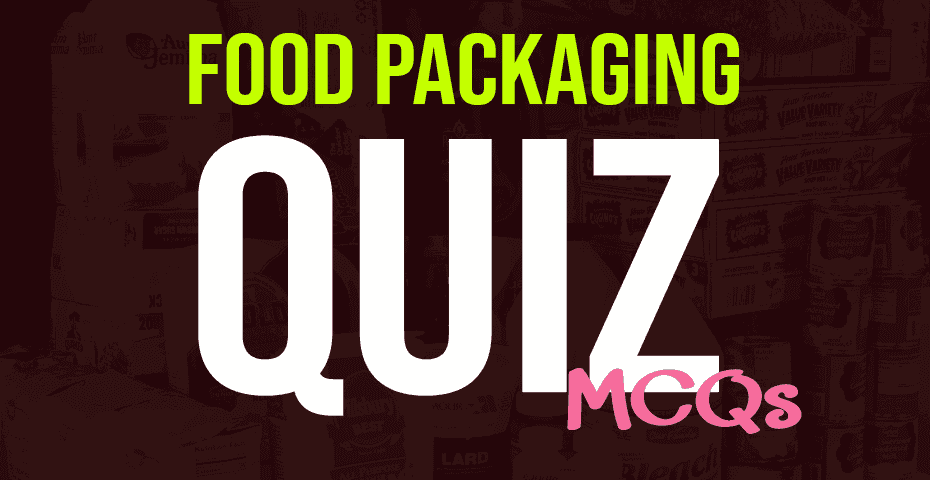

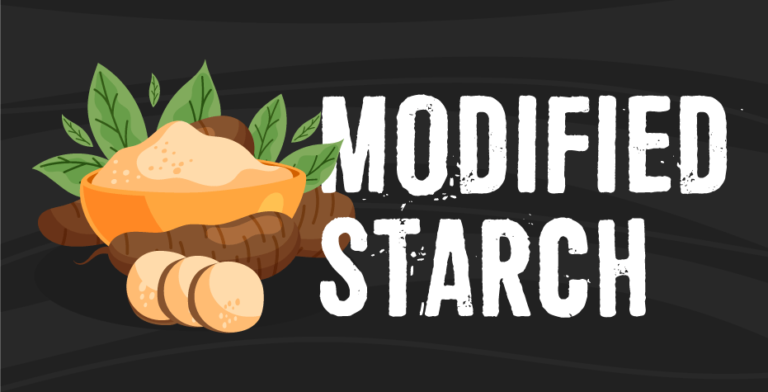
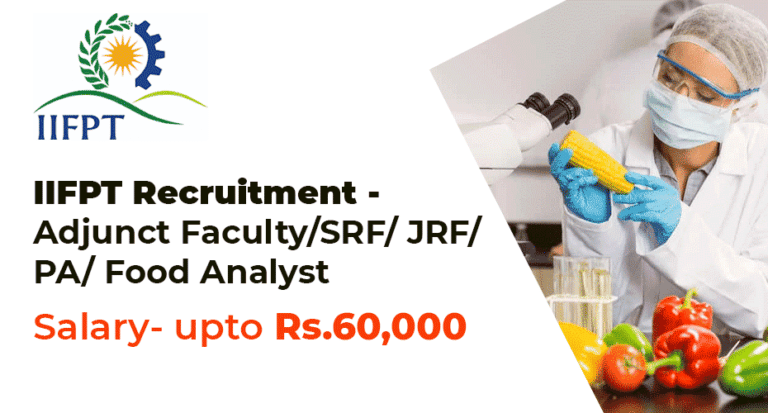
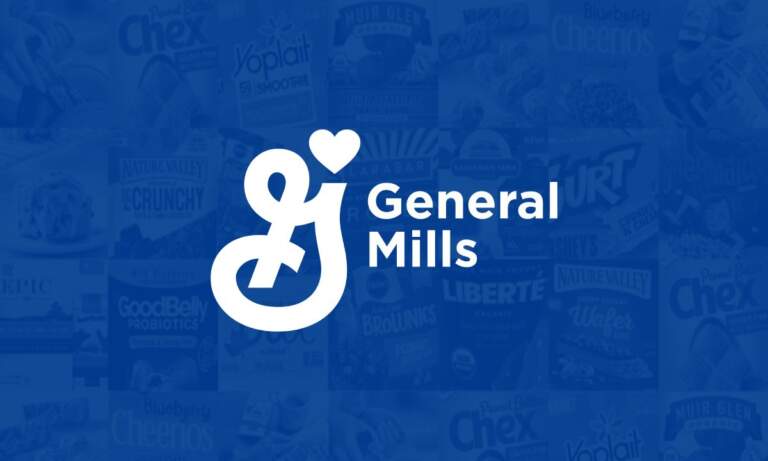
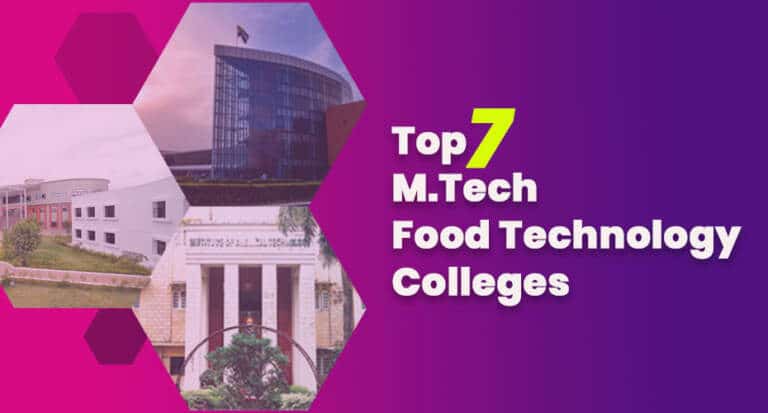
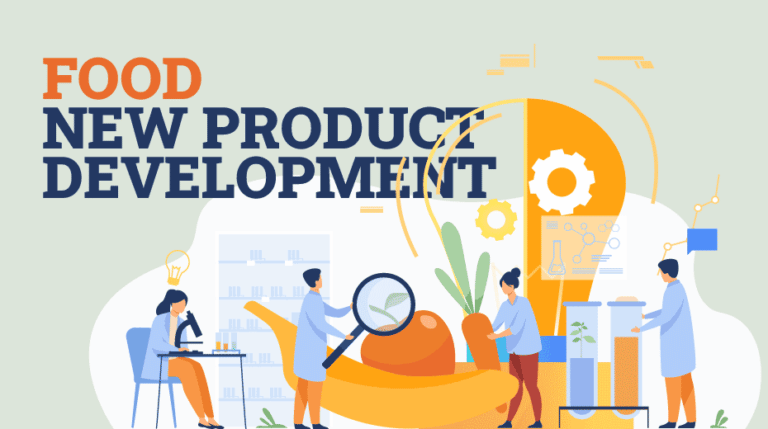
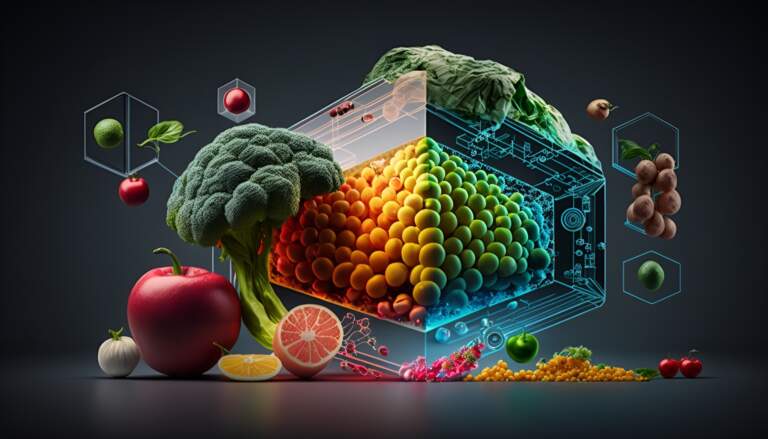
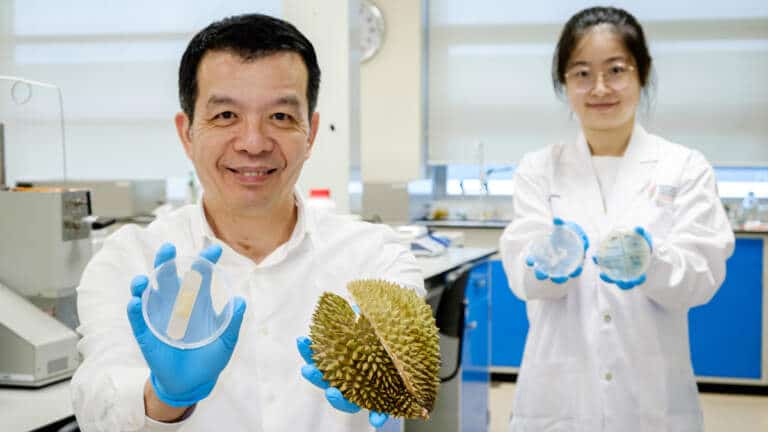
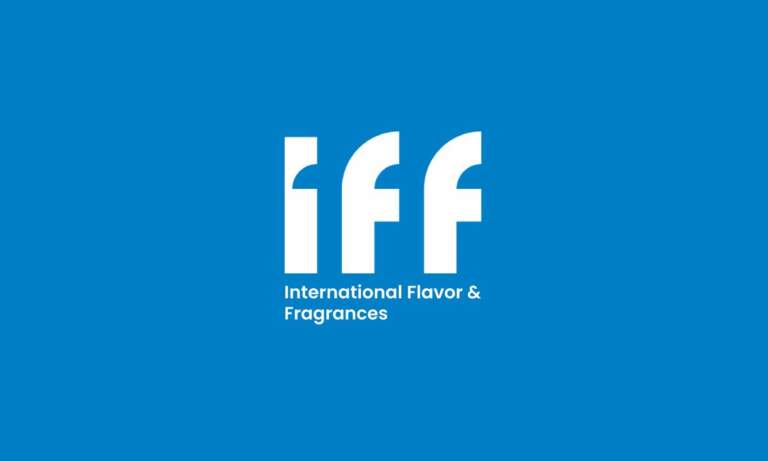
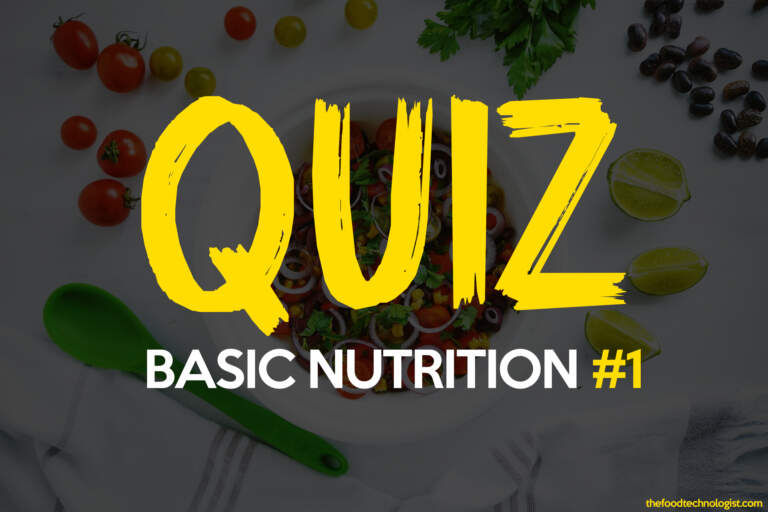
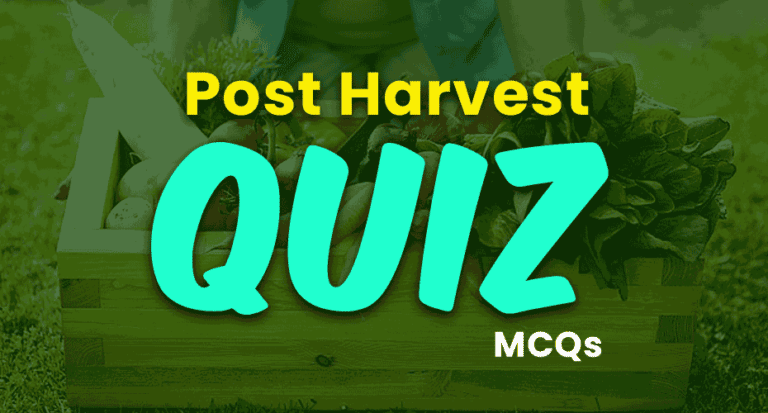
Thanks
Oxygen permeability is an important factor for designing packaging materials for high fat foods like butter,oils,meat. For fruits and vegetables the major focus is on ethylene gas. Can you please provide some more information on the first question of oxygen permeability for packaging of different products.
Thanking you.
High-fat food is prone to oxidation when comes in contact with oxygen and cause ‘Rcidity’and that’s why the oxygen permeability is one of main the factors while selecting & considering their packaging material for High-fat foods such as butter & oils. On the other hand Fruits and Vegetables are categories as climacteric and non-climacteric and also, fresh fruits and vegetables continue to ‘breathe’ or respire after they have been harvested. This process consumes oxygen and produces carbon dioxide and water vapor. Hope this helps you!
I got 14 Mark’s out of 15 because. I learned this subject from Dr. Genitha I ma’am…